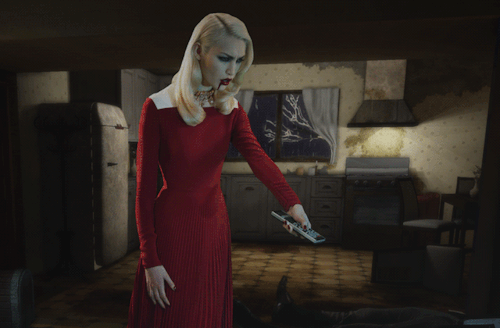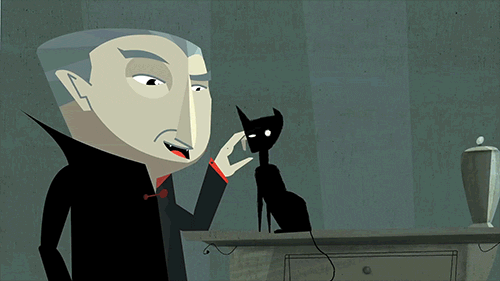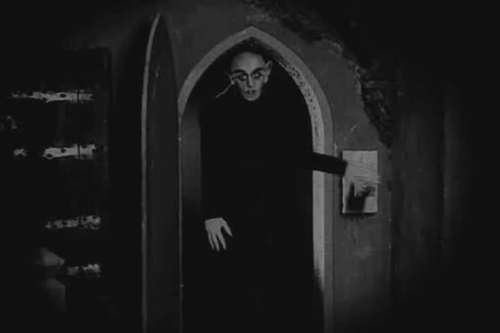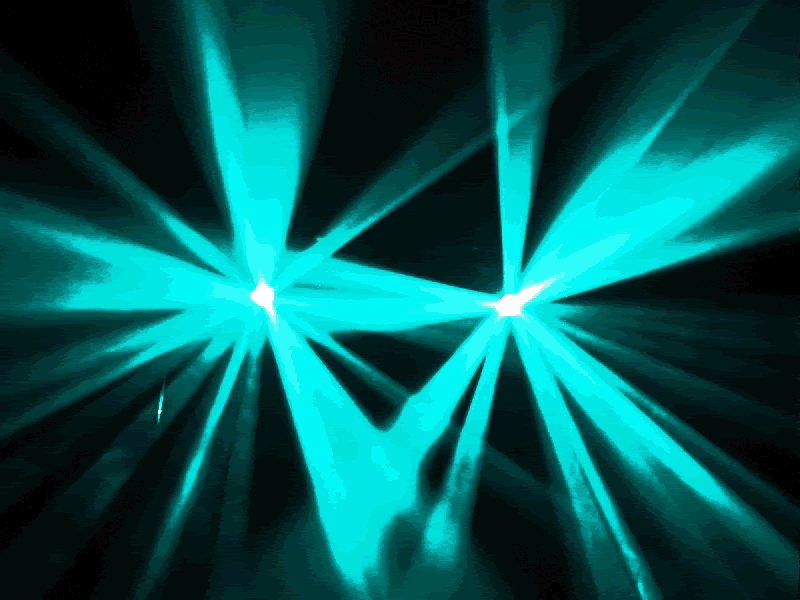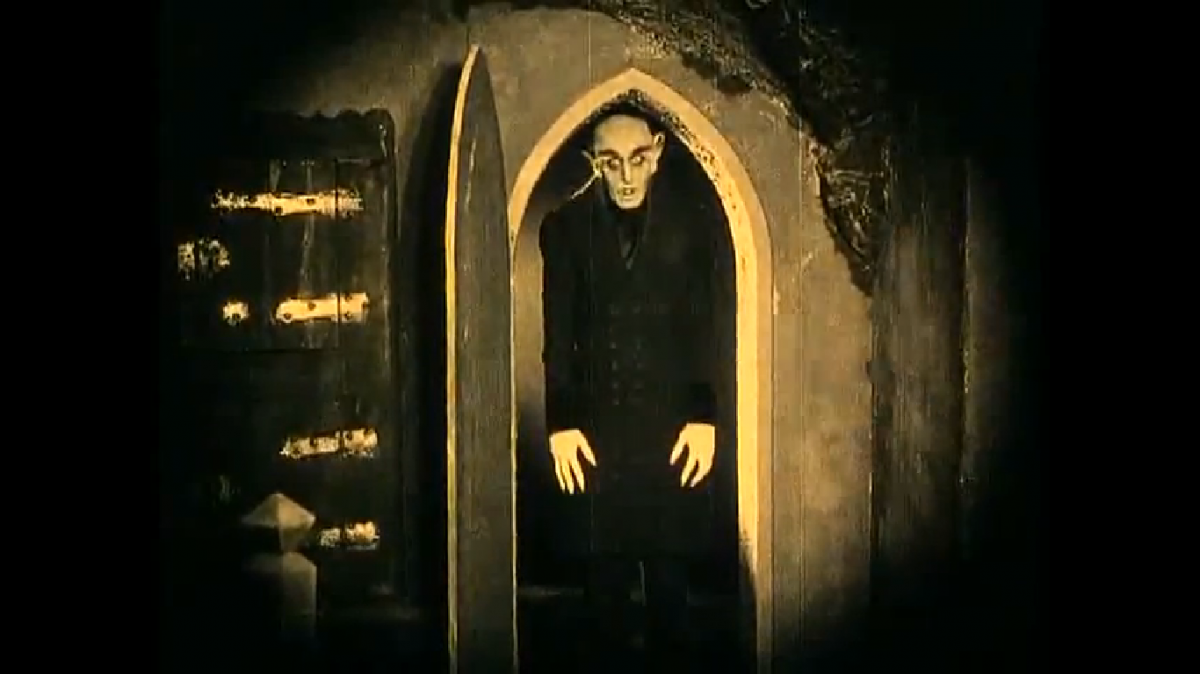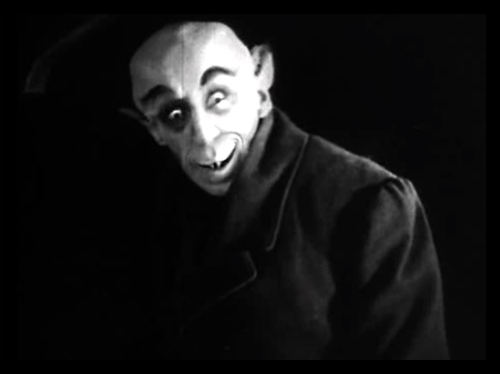Dread. When I was initially told to watch Nosferatu, I could only think of possible dreadful scenes and implications in the movie.
My anticipation, however, was nothing short of unwarranted and purposeless. Although scary for its own time period, the movie is no match for the wide range of actual scary movies we have available today.
Even before I started watching Nosferatu, I had decided that I wouldn’t like it at all for not only was it black and white, but also silent. Watching the movie, therefore, seemed more of a laborious task than an entertaining alternative. When I finally sat to watch the movie, I was disappointed and angered by the loud acting. I understand that silent films put an additional burden on the actors of telling a story through gestures, but does that mean they have to come out of their characters and exaggerate their emotions to make a point? (If it does, then acting probably had a different meaning in 1922.)
While watching the movie, I continuously wondered what reactions and emotions did the movie evoke in the audience of the 1920s. I assumed they experienced the same trepidation that the modern audience members do when they watch movies like Night of the Living Dead and Jaws.
Regardless, as I watched the movie, I became more curious as to what Count Dracula would look like and how the movie would be structured in general. However, the discrepancies took away from the building curiosity. First off, why did Jonathon agree to go to Transylvania when Renfield advised him not to listen to people who speak of phantoms in the town? I was surprised that Jonathon did not pick up on that clear clue; it goes to show how ignorant and foolish he is. When I saw that scene, I equated it with a scene in which a guilty child denies breaking the living room lamp even before his parents notice that the lamp is missing. You automatically know that the child is confessing his wrongful act by the very fact that he feels the need to deny it before anyone raises a question around the subject. In effect, the parents and the audience know the child is guilty. Jonathon is quite the contrary; he runs in the direction that he is blatantly warned against. Why?

“Pictures Of…” A Colorful Cartoon of a Businessman Running In the Wrong Direction. Acclaim Imagery, Ltd., n.d. Web. 29 Oct. 2013. <http://www.picturesof.net/pages/100615-005163-268053.html>.
Another discrepancy was that the movie never referenced how Reinfield knew Count Dracula, let alone how he conspired with him. Besides, how did Reinfield benefit from helping Count Dracula? The mystery behind these questions actually decreased my interest in the film, much like the repetitive background score. The music lacked timbre and qualities that spark various responses within viewers. Had the music director used instruments other than the low-pitched bassoon, the movie would have been more engaging. Unfortunately, instead of evoking different emotions, the music made the movie tedious and monotonous.
Having said that, I think that despite the setbacks, the movie did a decent job in entertaining its viewers. Honestly, I did not expect the movie to have any of the action techniques and illusions that we are accustomed to. Thus, when the door opened by itself and Count Dracula stood up from his coffin in a humanly impossible way and in the end, vanished in smoke, I started to appreciate the filmmakers and actors’ attempts. I also examined the different characters and found credibility in Jonathon Harker’s and Nina’s portrayal. Moreover, I finally understood how the stereotypical image of a monster came about. The thick eyebrows, sunken eyes, missing teeth, and long nails were characteristics that filmmakers came up with decades ago. After watching the portrayal of a vampire in Nosferatu, I could not help but juxtapose it with that in Twilight Saga. Although the physical appearance of vampires has greatly evolved, it seems that ideas like vampires cannot withstand sunlight have survived the test of time.

“Wallpapers Tagged With TWILIGHT – Page 1.” HD Wallpapers. HD Wallpapers, n.d. Web. 29 Oct. 2013. <http://www.hdwallpapers.in/tag/twilight.html>.
Lastly, just like the stories we have read so far this semester, the movie Nosferatu had a bittersweet ending. Nina, much like Gregor in Metamorphosis, sacrifices herself for the well-being of others. With that in mind, when the screen flashes, “…that moment, as if by a miracle, the sick no longer died, and the stifling shadow of the vampire vanished with the morning sun,” viewers experience conflicting emotions of melancholy and contentment.
Works Cited:
“Pictures Of…” A Colorful Cartoon of a Businessman Running In the Wrong Direction. Acclaim Imagery, Ltd., n.d. Web. 29 Oct. 2013. <http://www.picturesof.net/pages/100615-005163-268053.html>.
“Wallpapers Tagged With TWILIGHT – Page 1.” HD Wallpapers. HD Wallpapers, n.d. Web. 29 Oct. 2013. <http://www.hdwallpapers.in/tag/twilight.html>.
